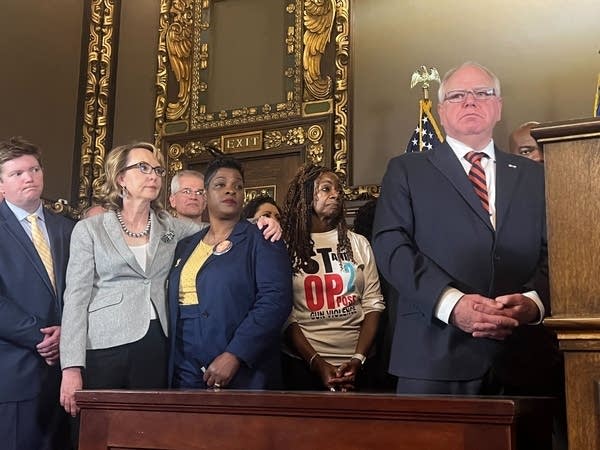Who is Tim Walz? The Minnesota governor was picked to be Kamala Harris' running mate and VP candidate for the 2024 presidential election.
Meet Tim Walz: His early life and political background
Minnesota Gov. Tim Walz, the small-town kid whose time in the military and at the front of a classroom preceded his foray into politics, could become vice president after being selected as Kamala Harris’ running mate. He’d be the third Minnesotan to get the job.
Here’s what you should know about Walz:
Early and personal life
Born April 6, 1964 in West Point, Neb.
Married to Gwen in 1994. Two children, Hope and Gus.
Raised in small-town Nebraska, where he graduated from a public high school.
Education and teaching background
He attended Chadron State College in Nebraska and also has a degree from what is now known as Minnesota State University, Mankato.
Taught high school social studies and civics in Nebraska and Minnesota.
Military experience
Member of the Army National Guard.
Achieved the rank of command sergeant major before retiring in 2005 after 24 years.
Political experience
First elected in Minnesota’s 1st Congressional District in 2006 and reelected to five more terms, serving 12 years in the House of Representatives.
Won Minnesota governorship in 2018 and reelected in 2022. Currently chair of the Democratic Governors Association.
Defining moments in Walz’s political career
An all-Democratic power structure at Minnesota’s Capitol in recent years has given Walz the ability to deliver a stream of policies celebrated in progressive circles, ranging from abortion protections to universal school meals to marijuana legalization.
His tenure also includes stumbles and challenges — from dealing with COVID-19 disruptions to unrest sparked by George Floyd’s murder to suggestions his administration hasn’t always been attentive to where tax dollars go.















